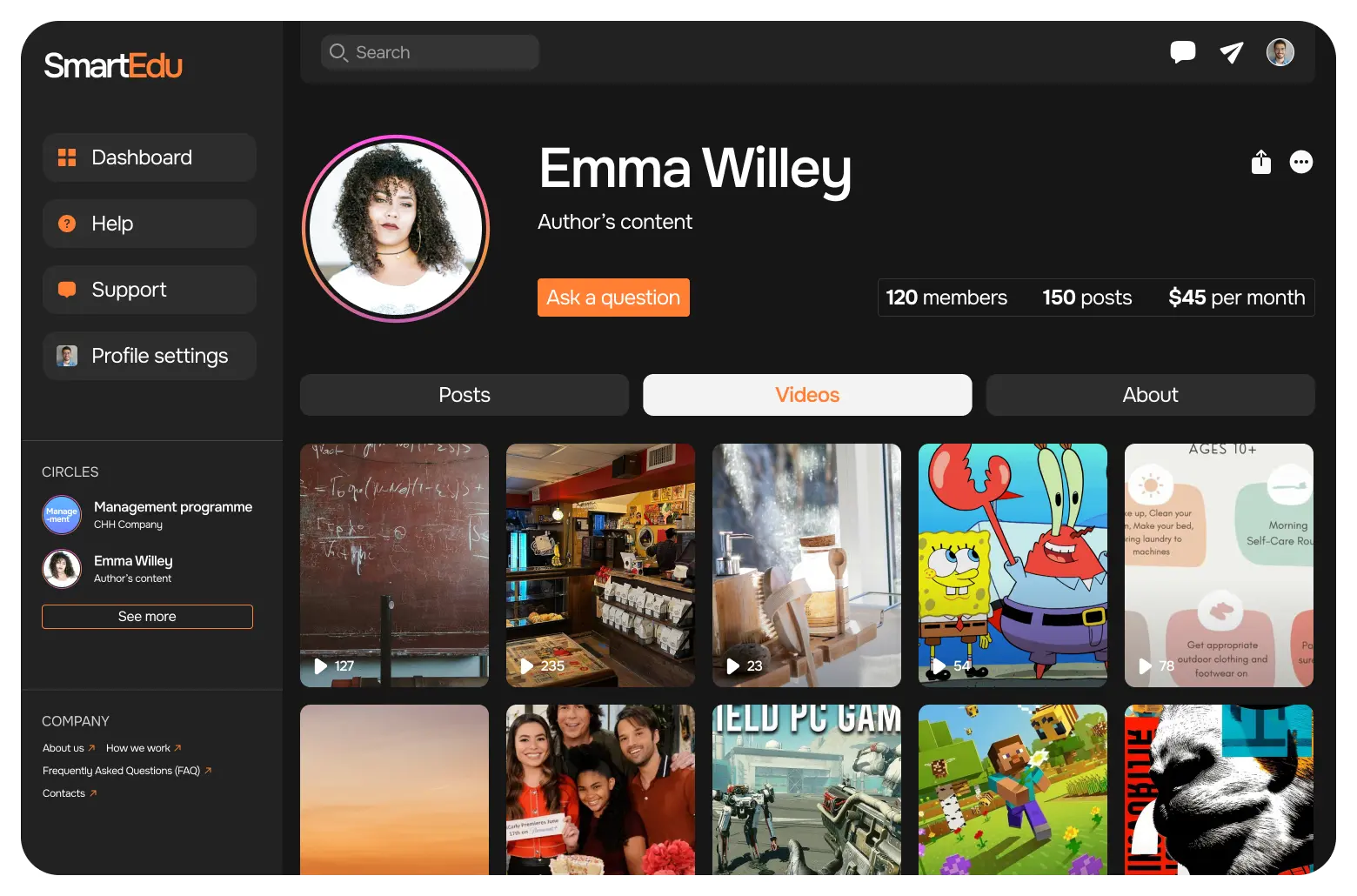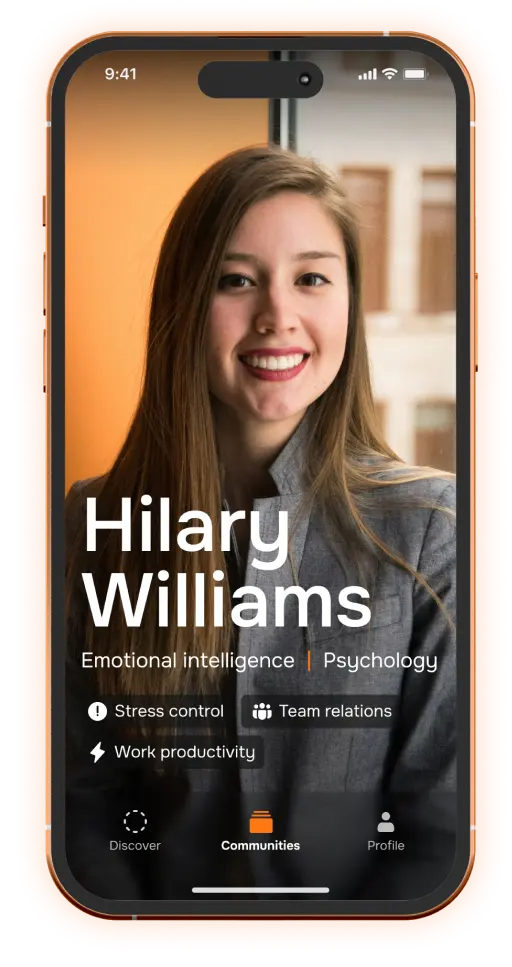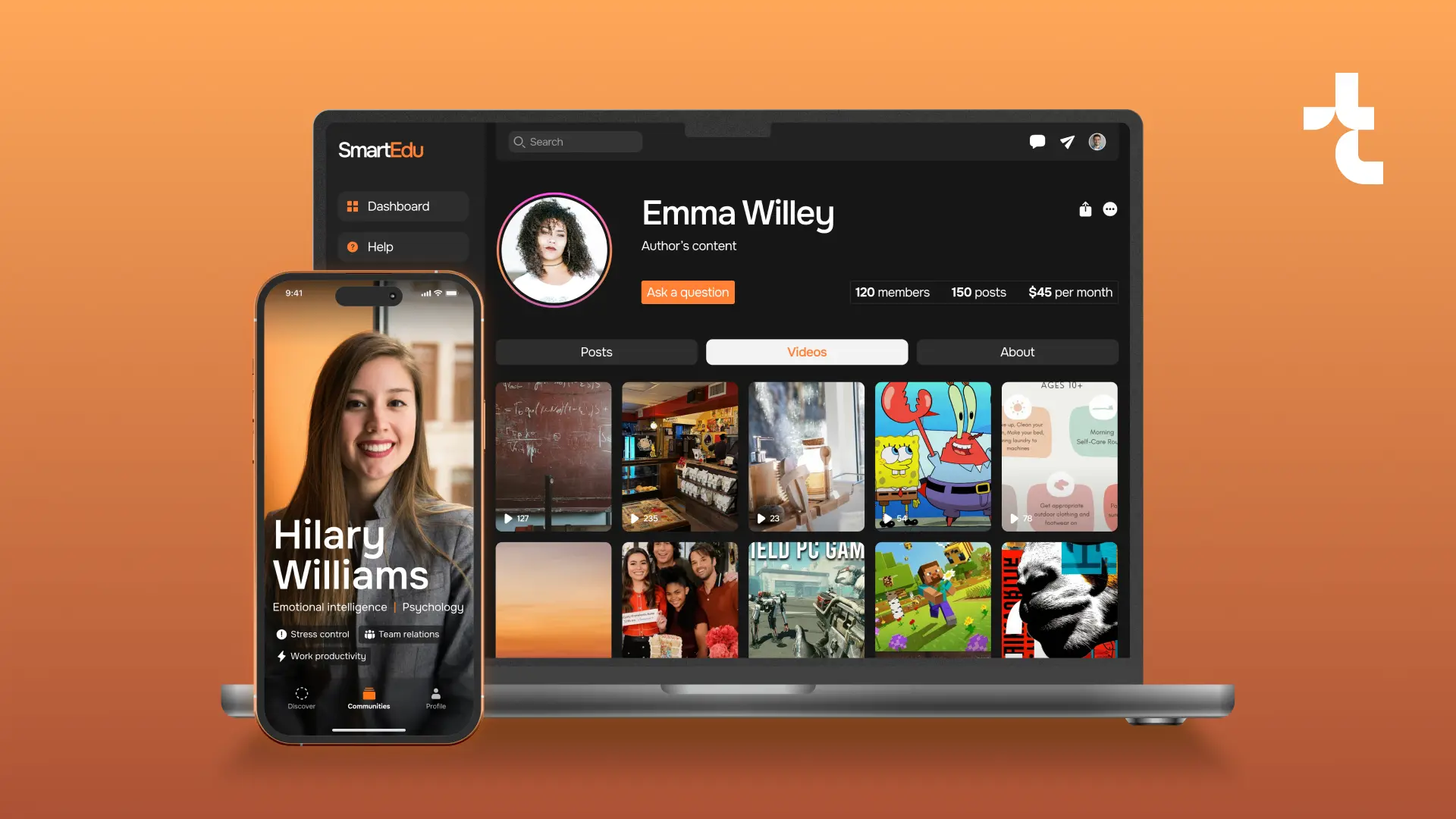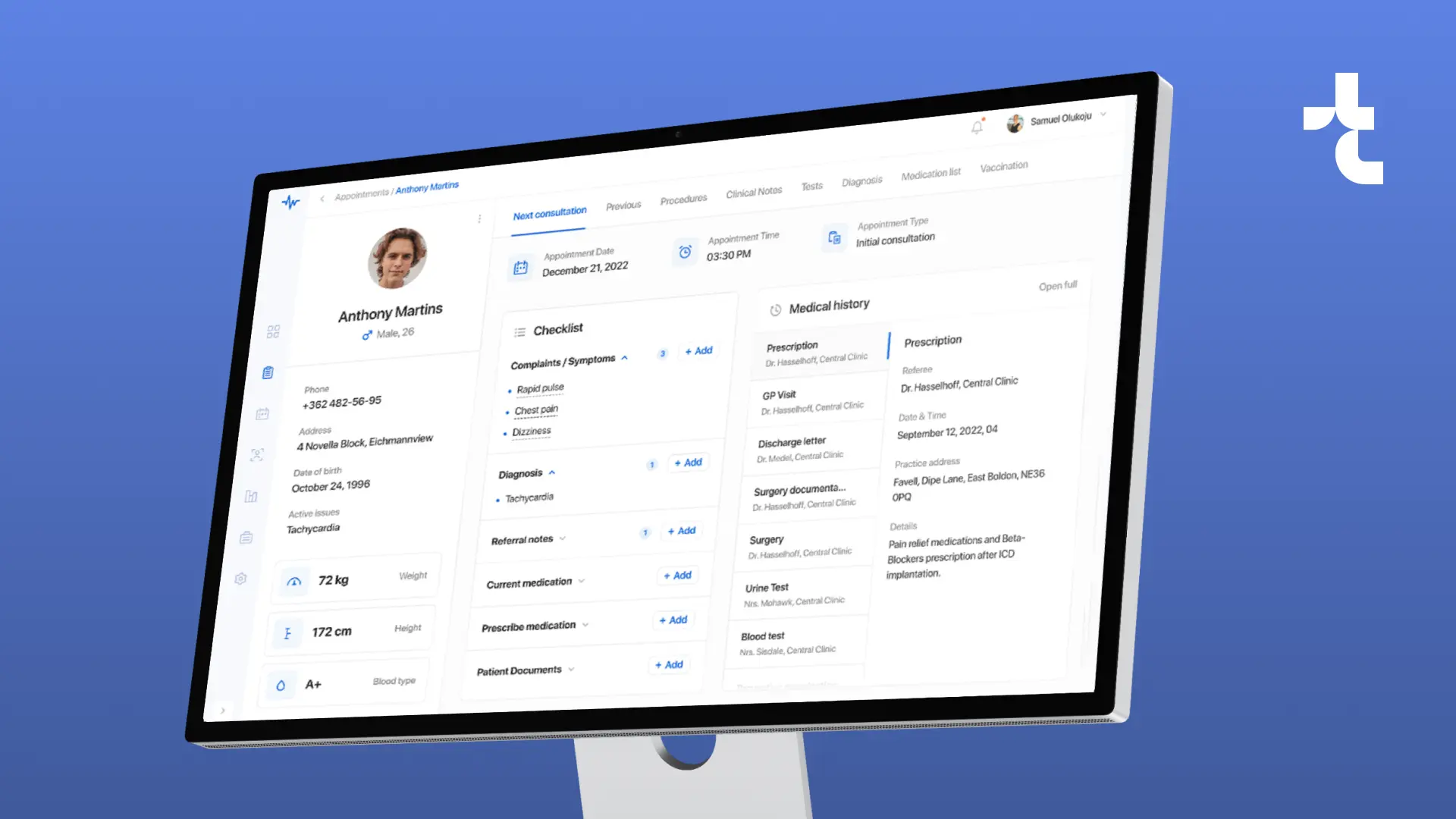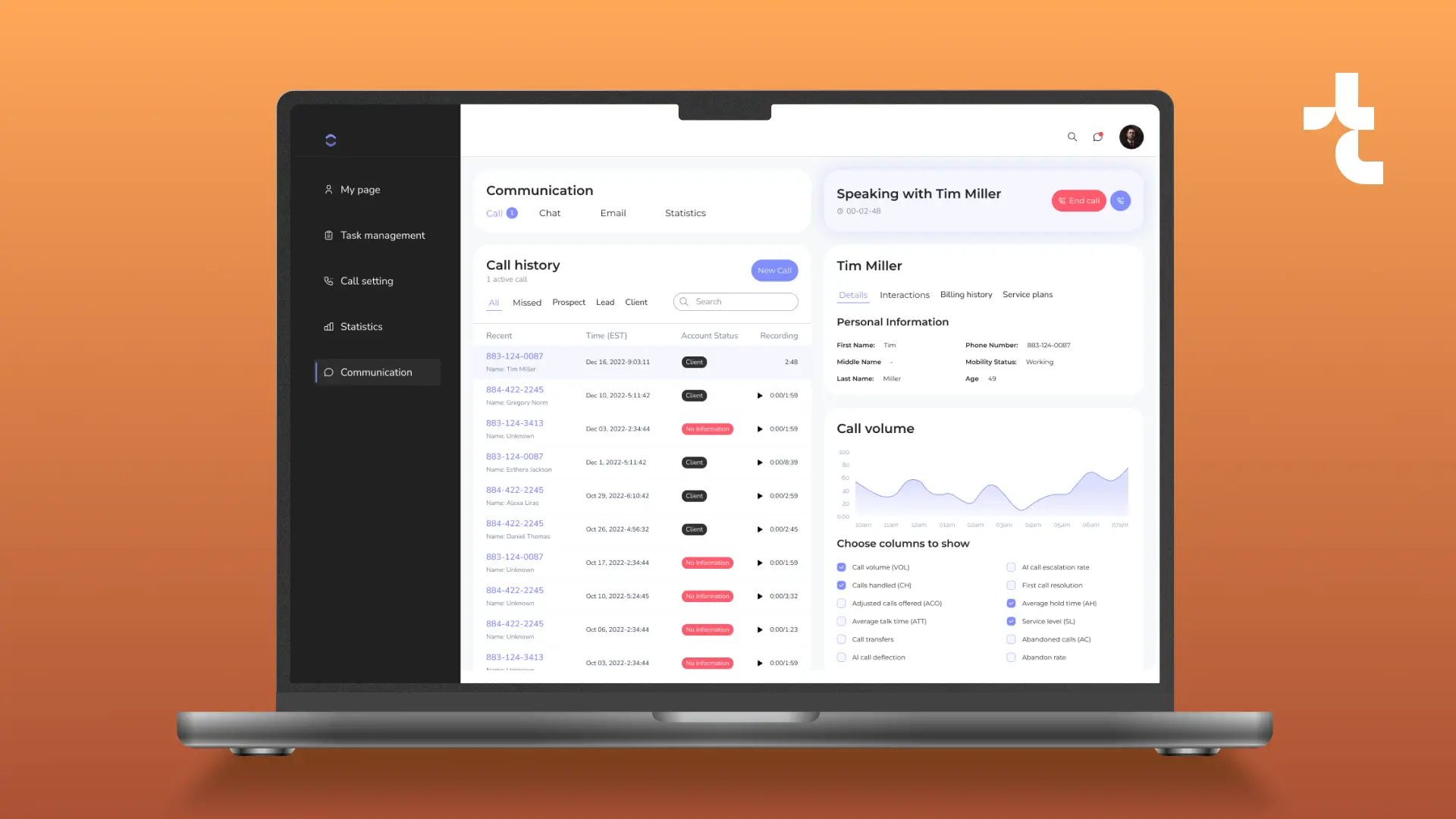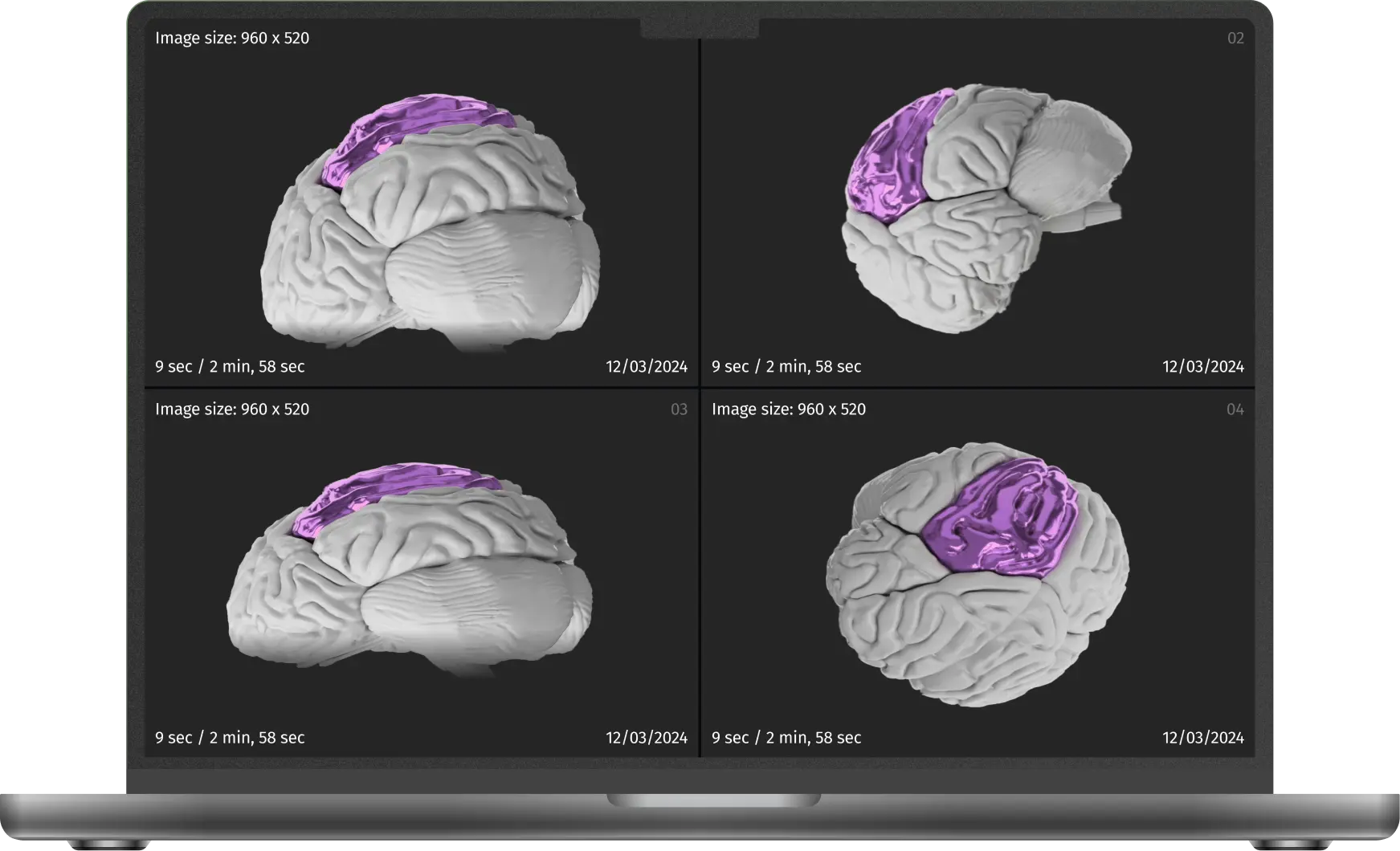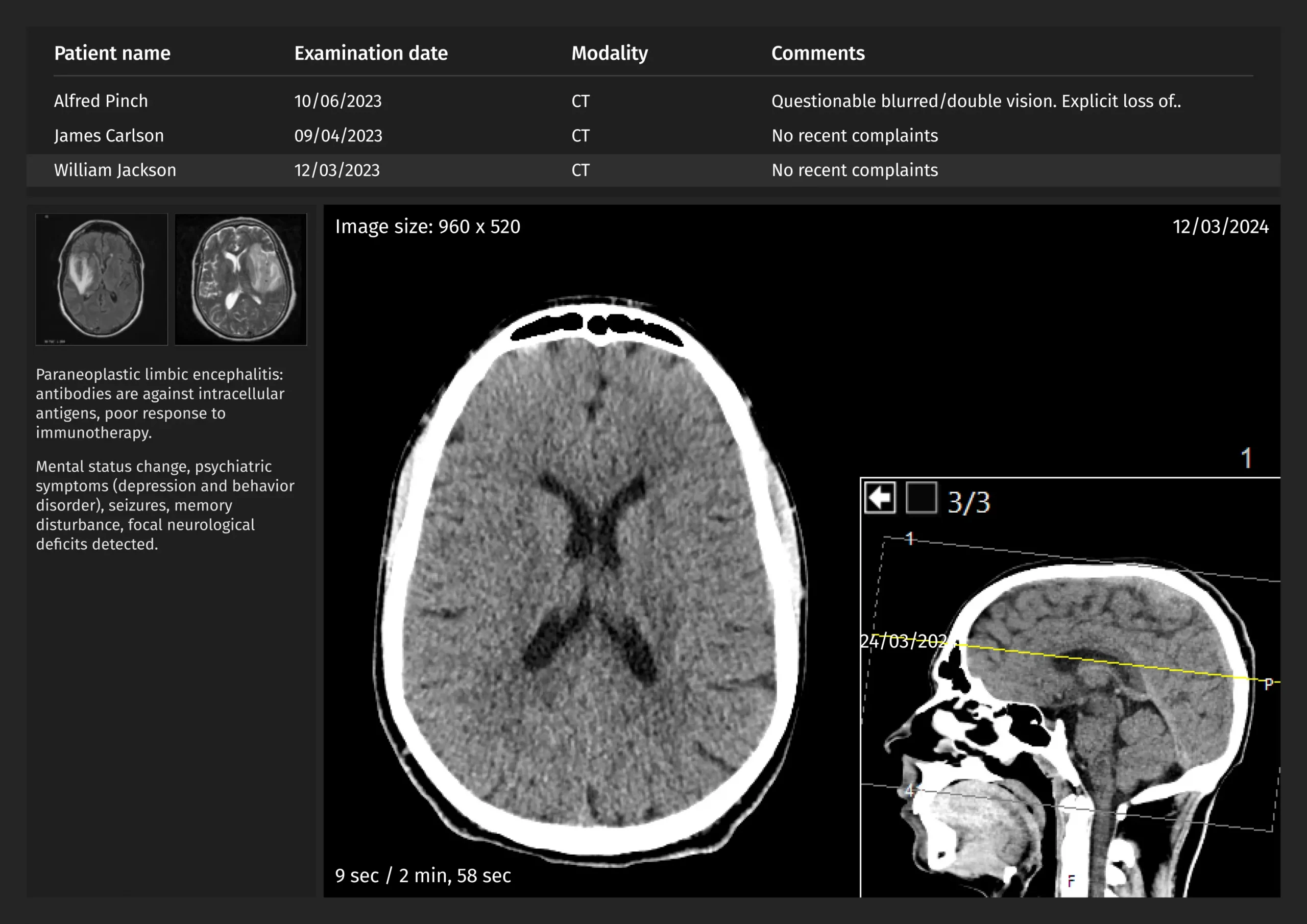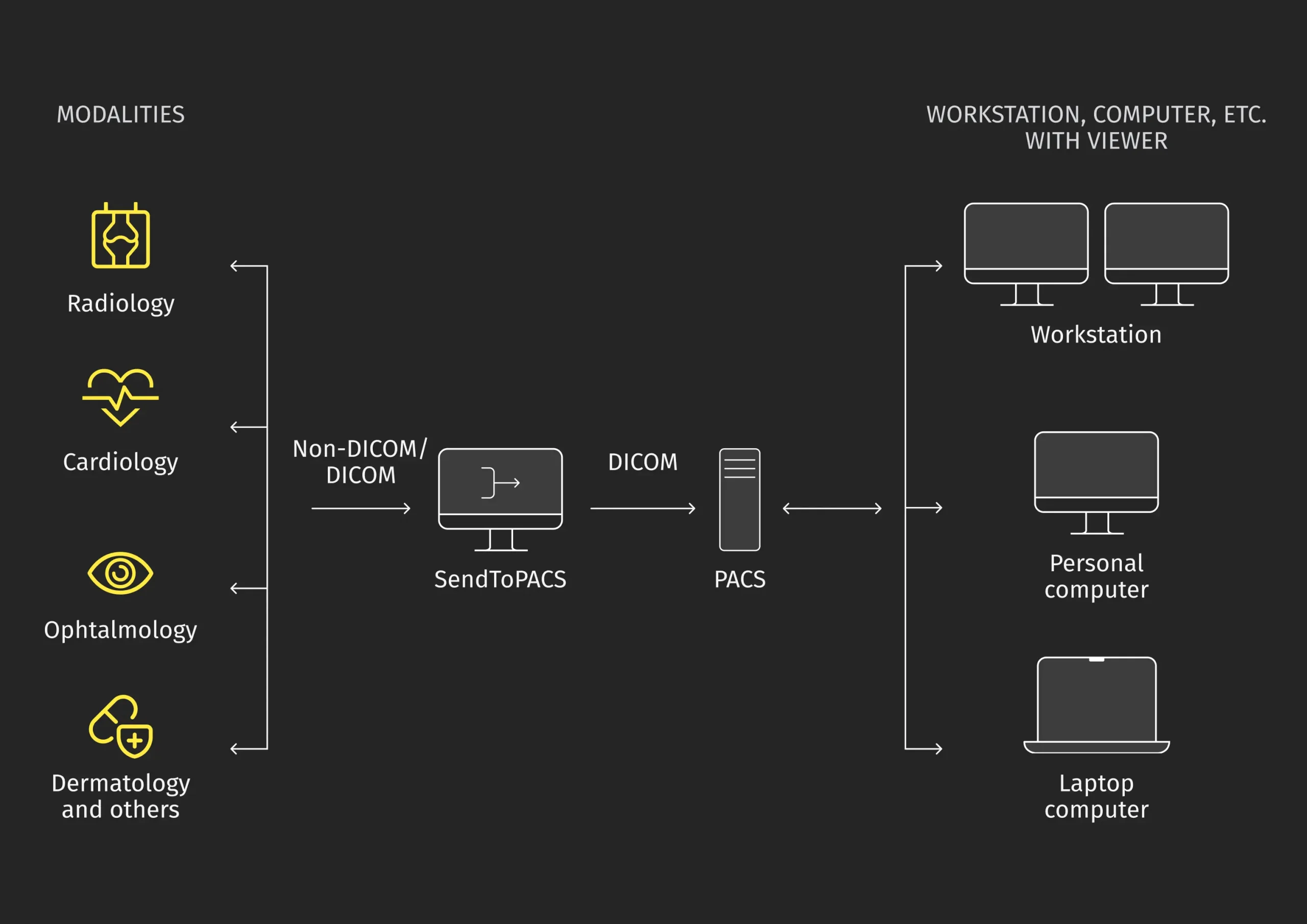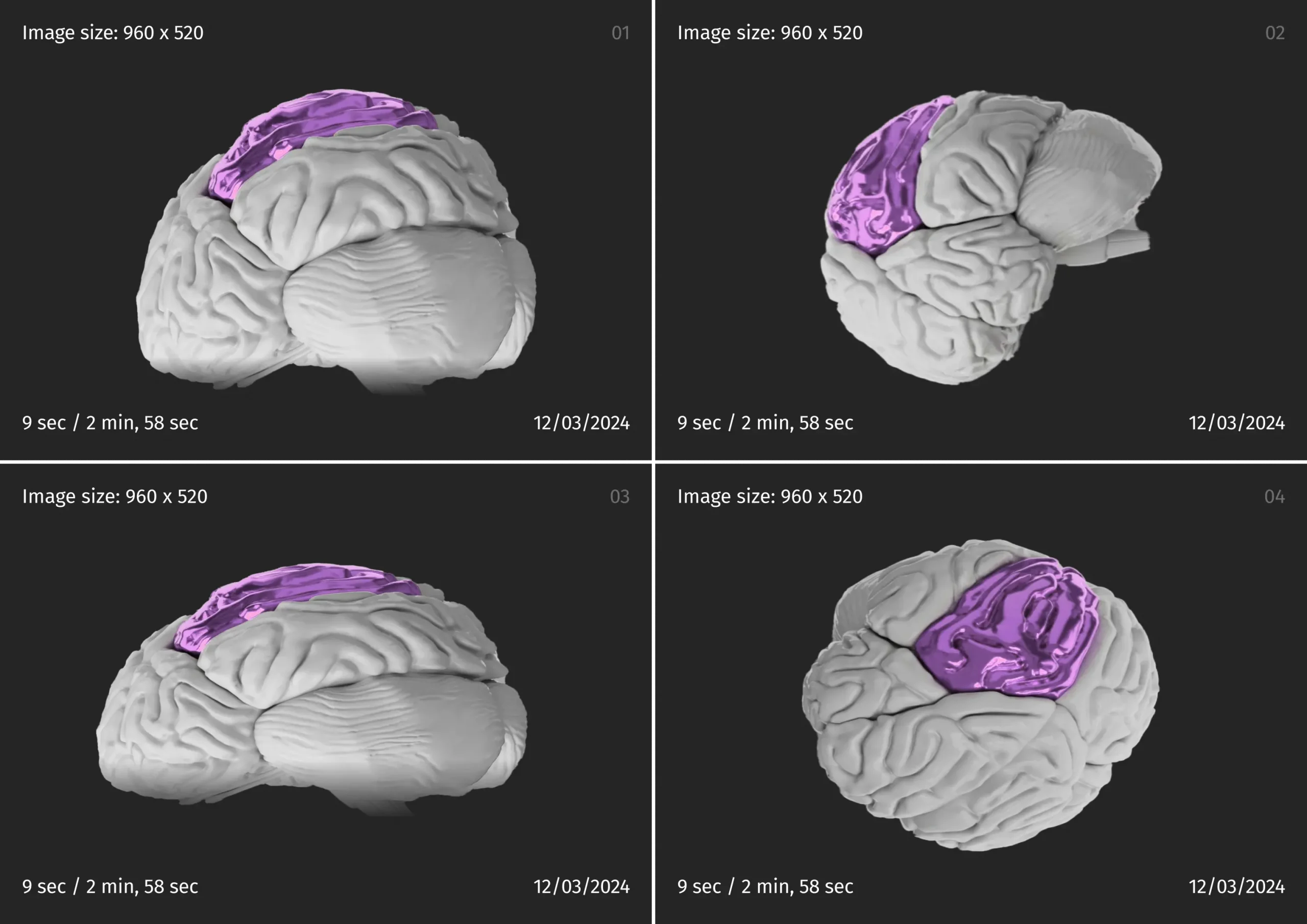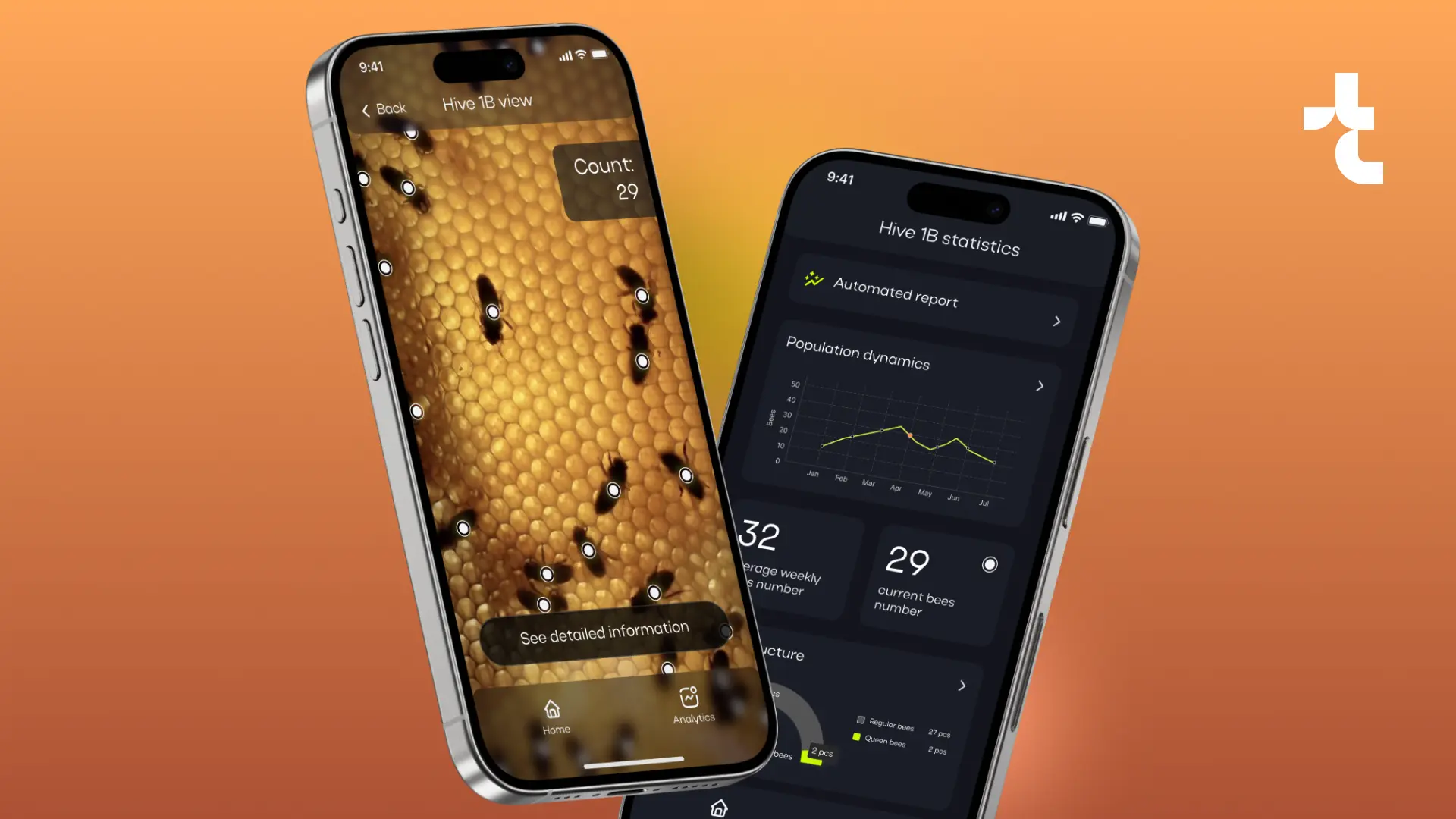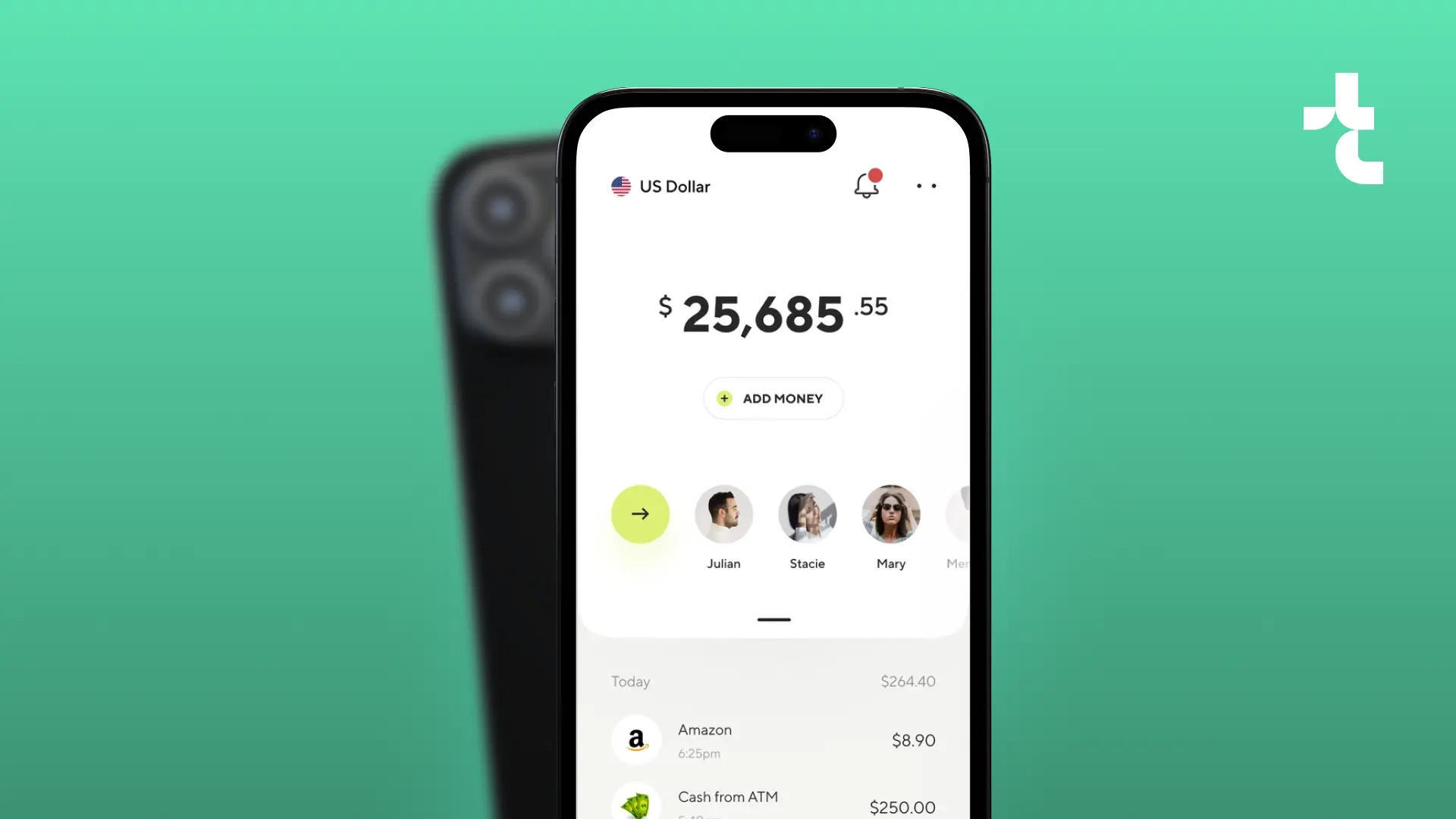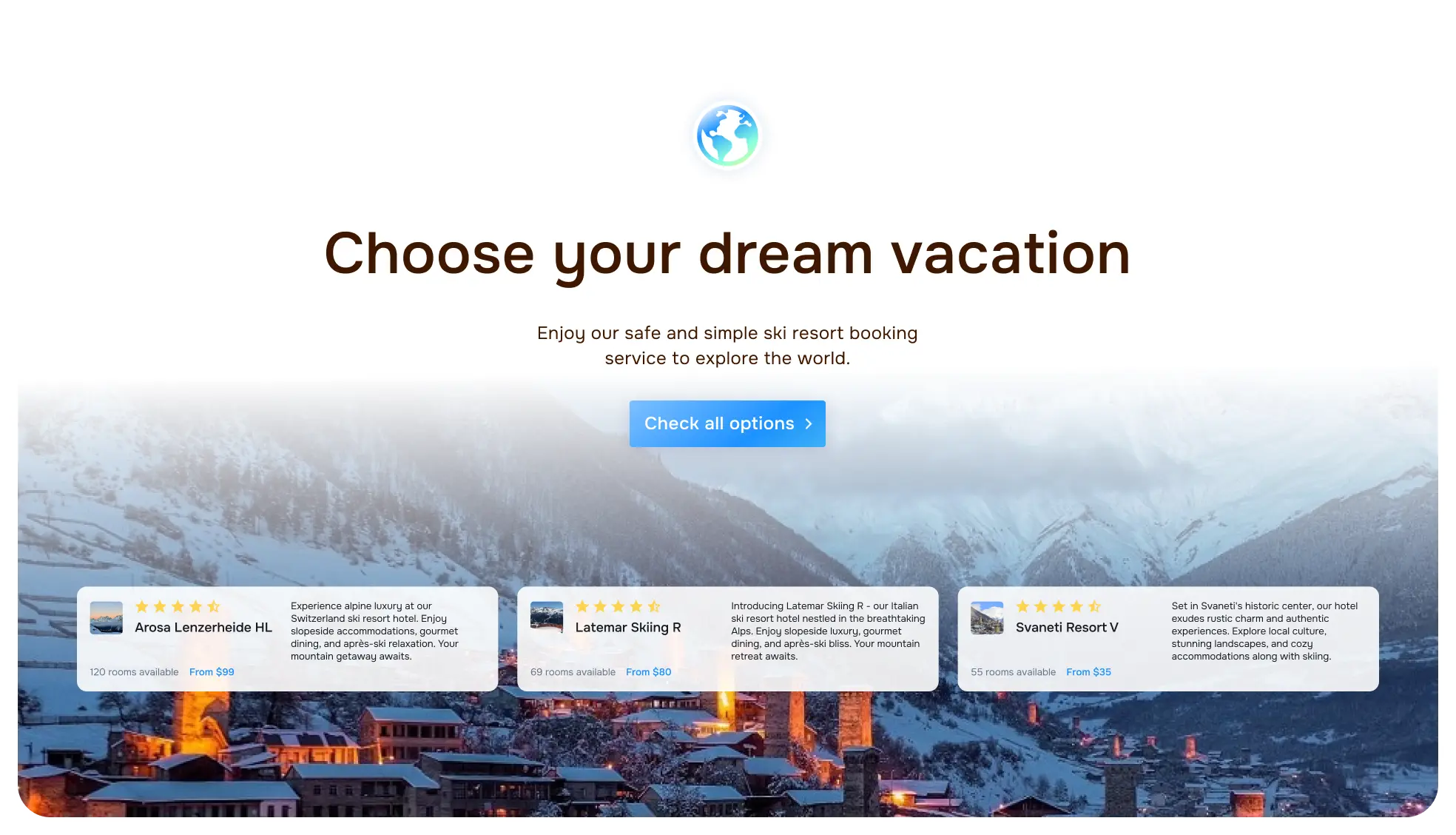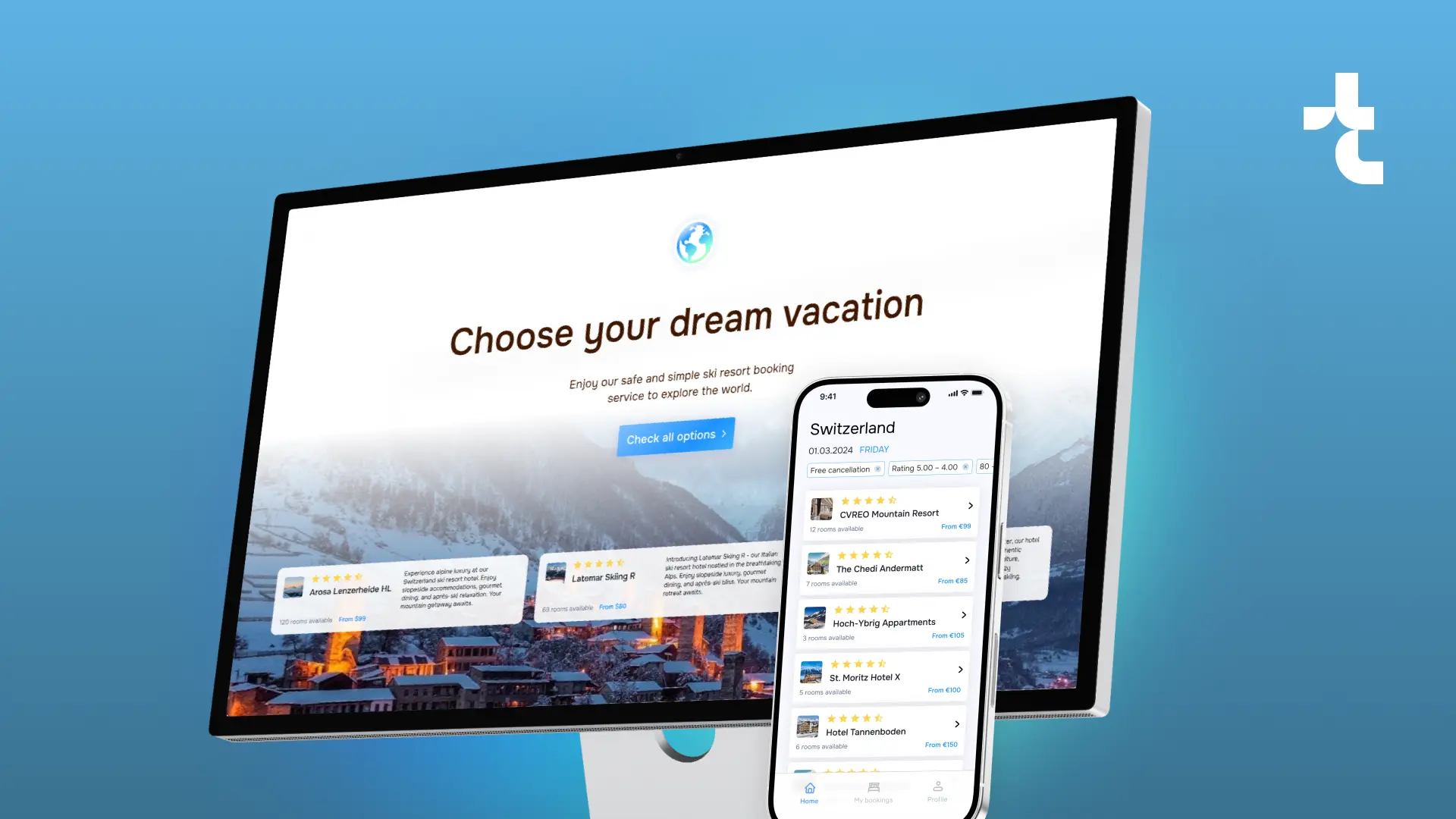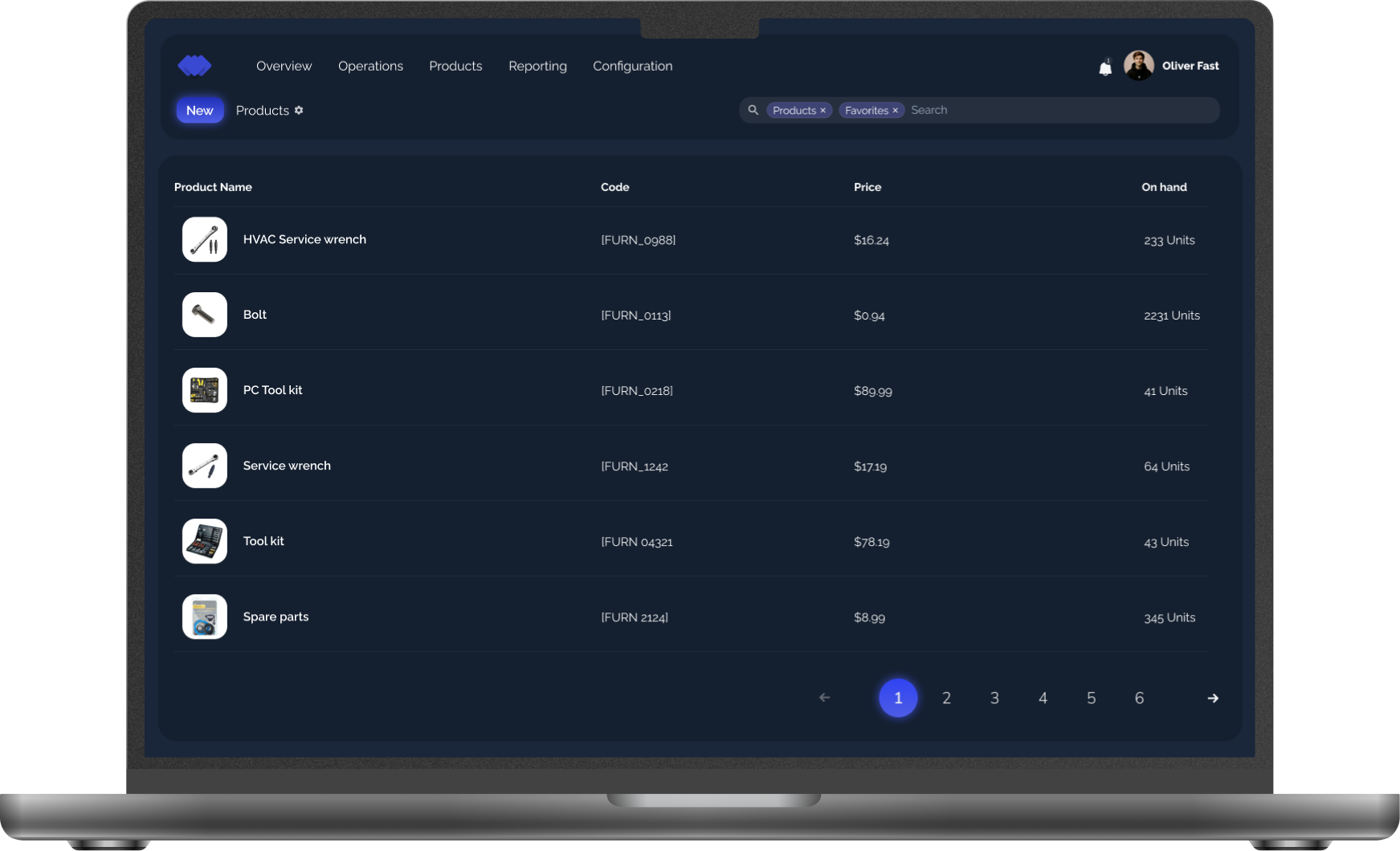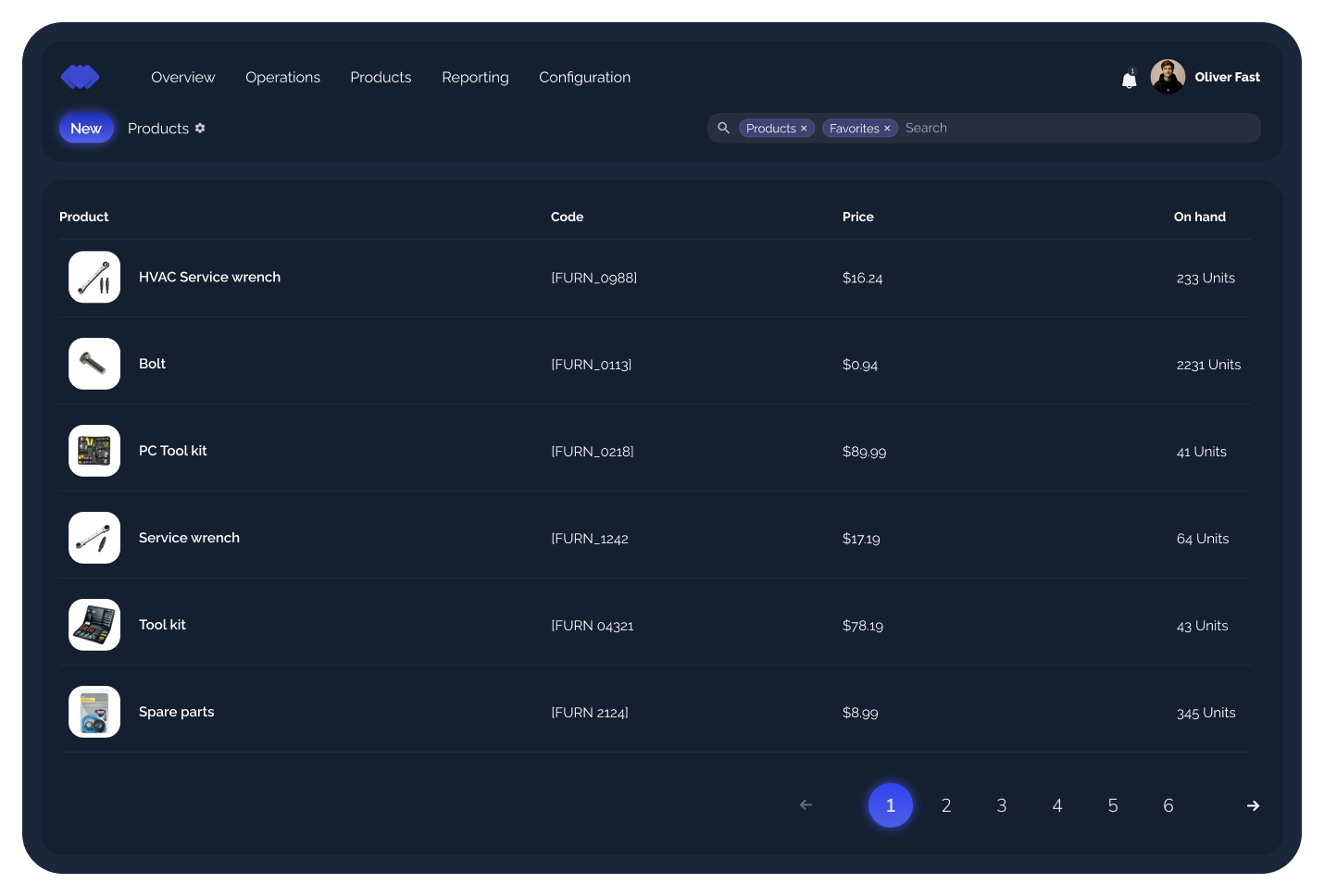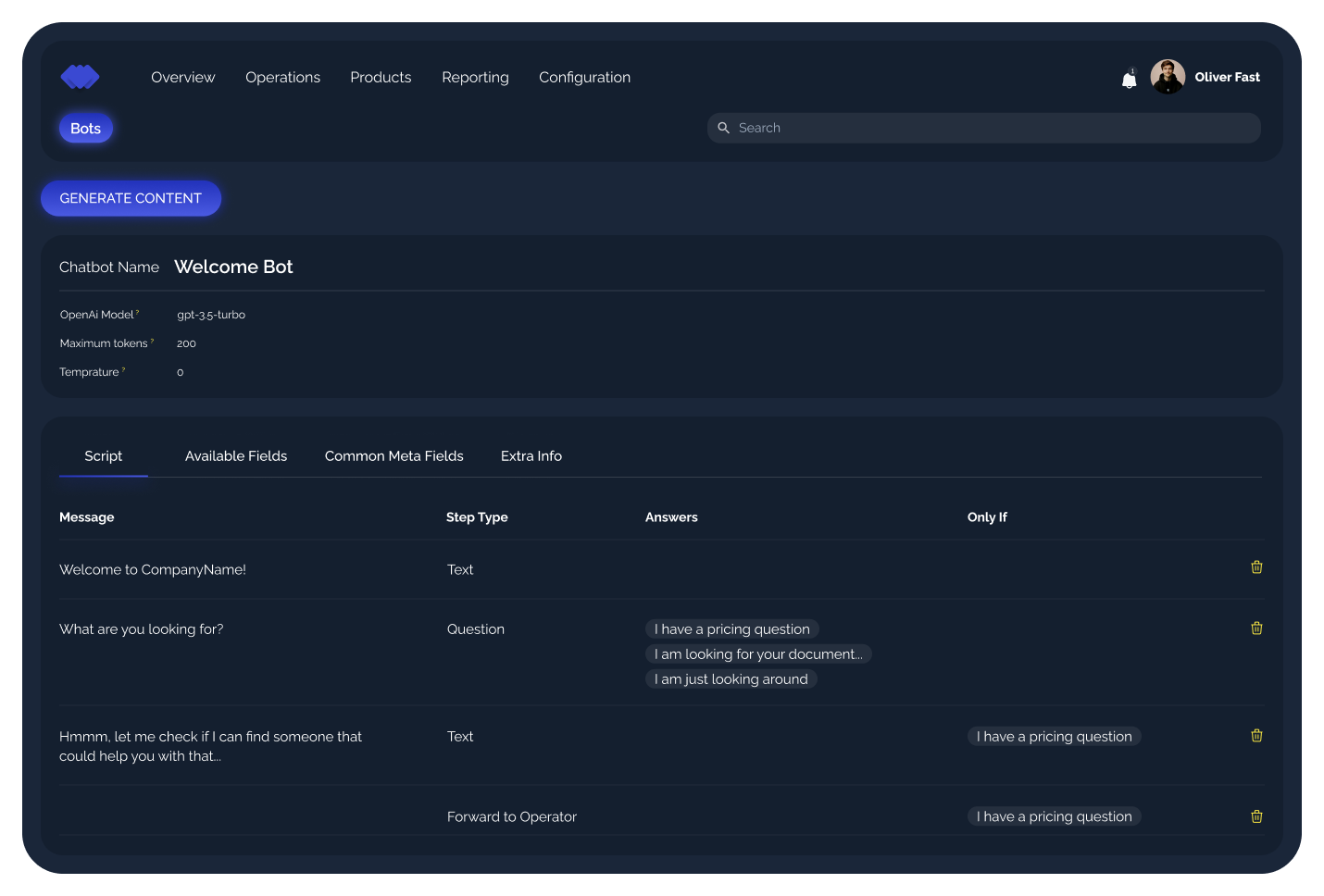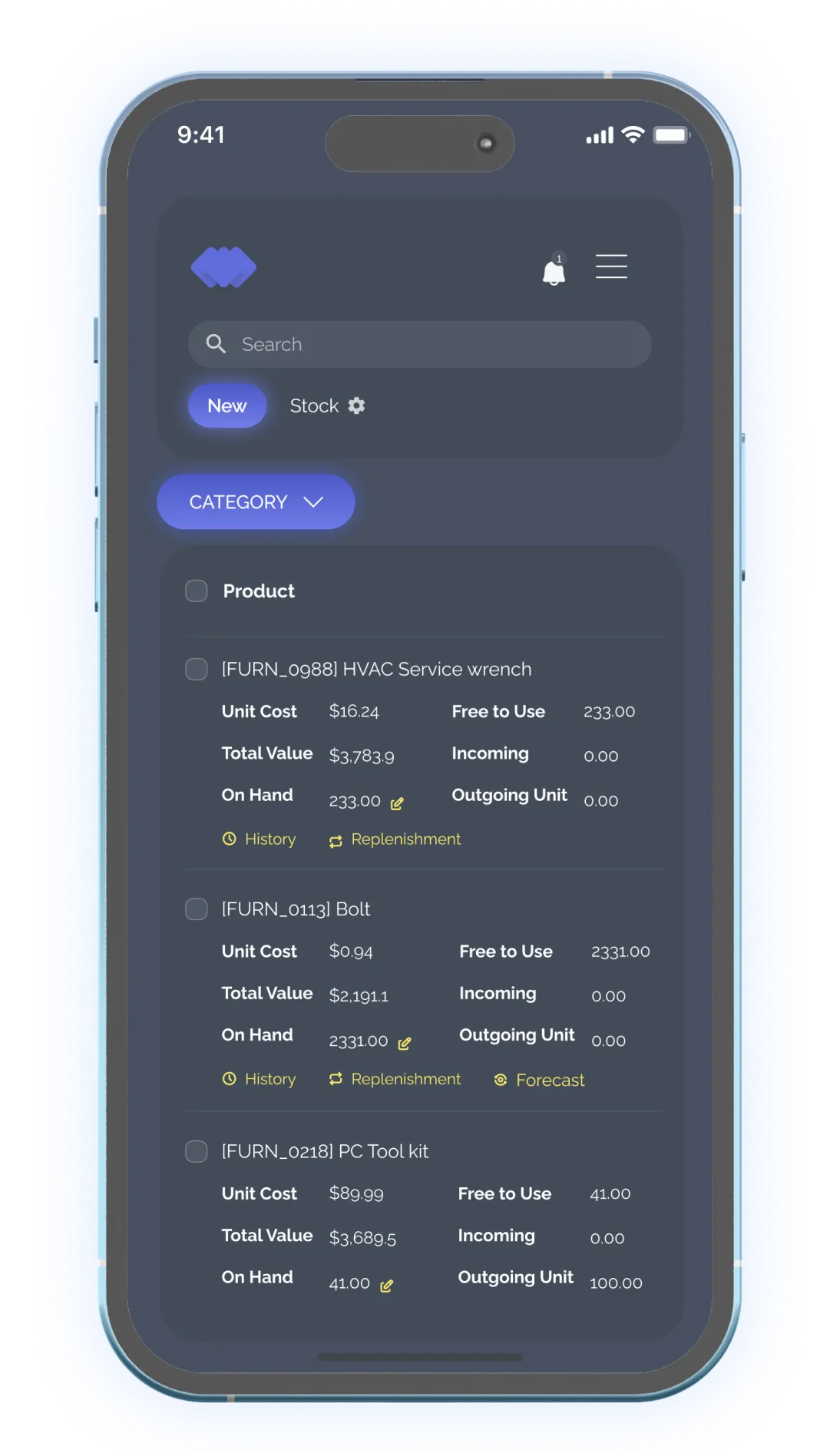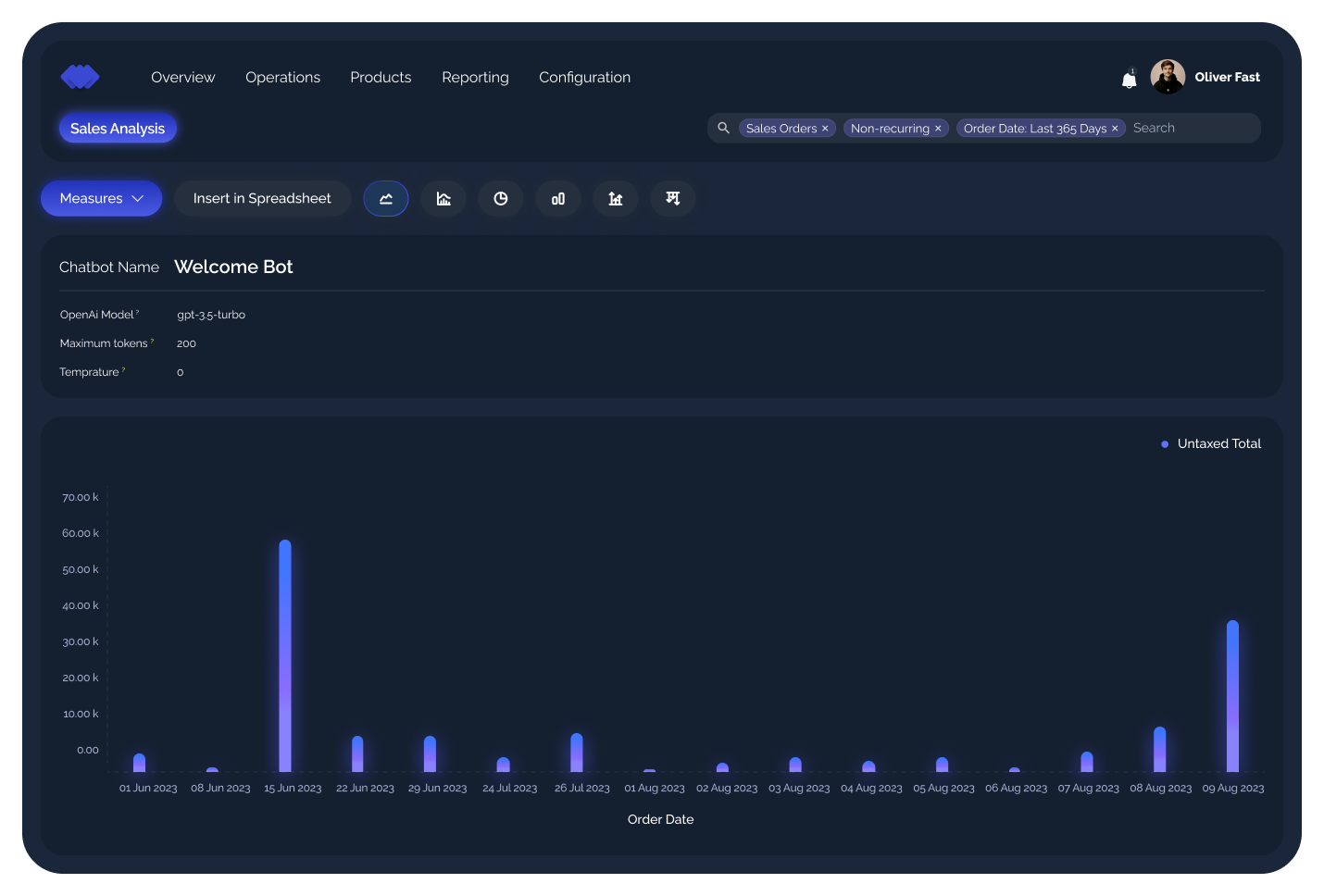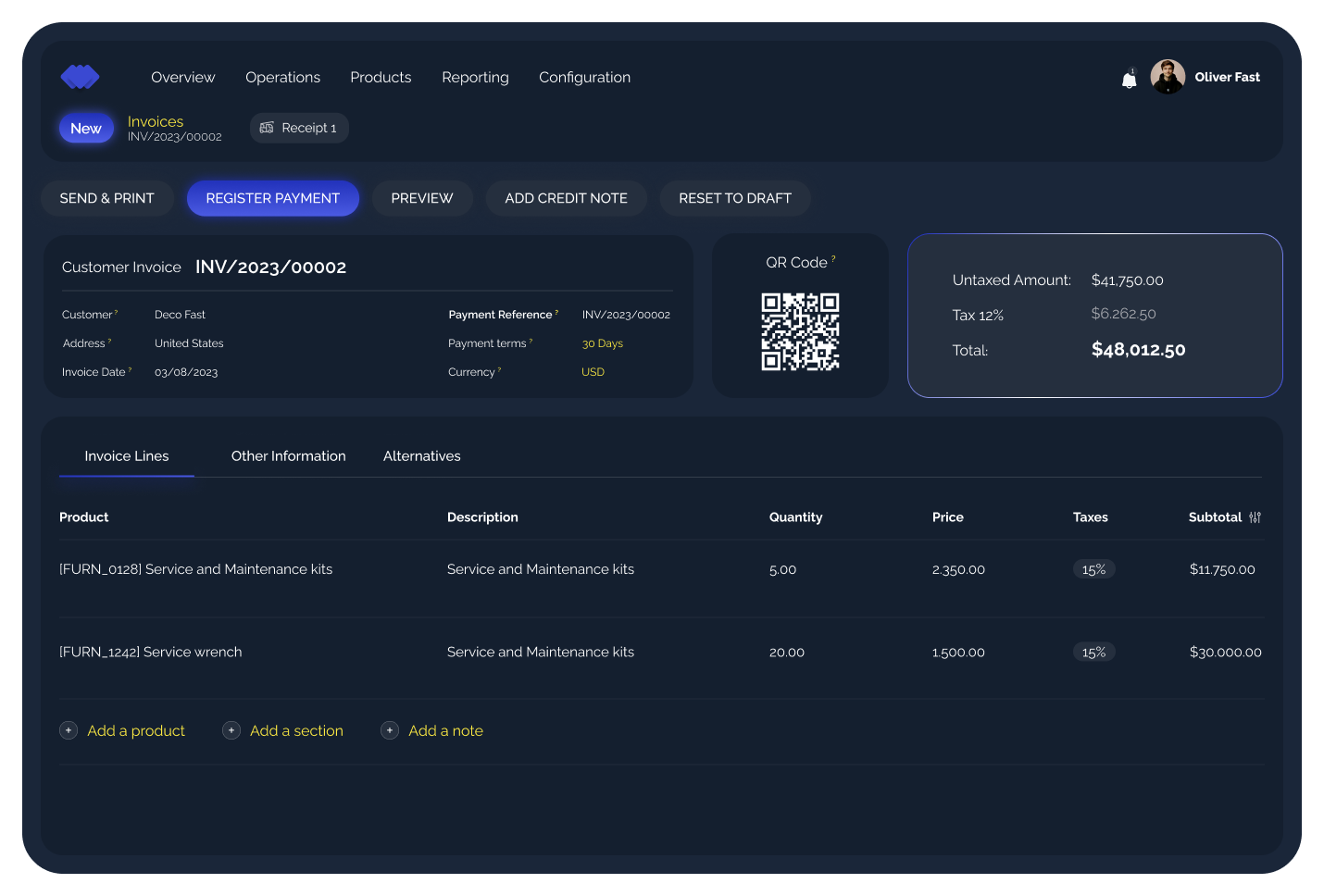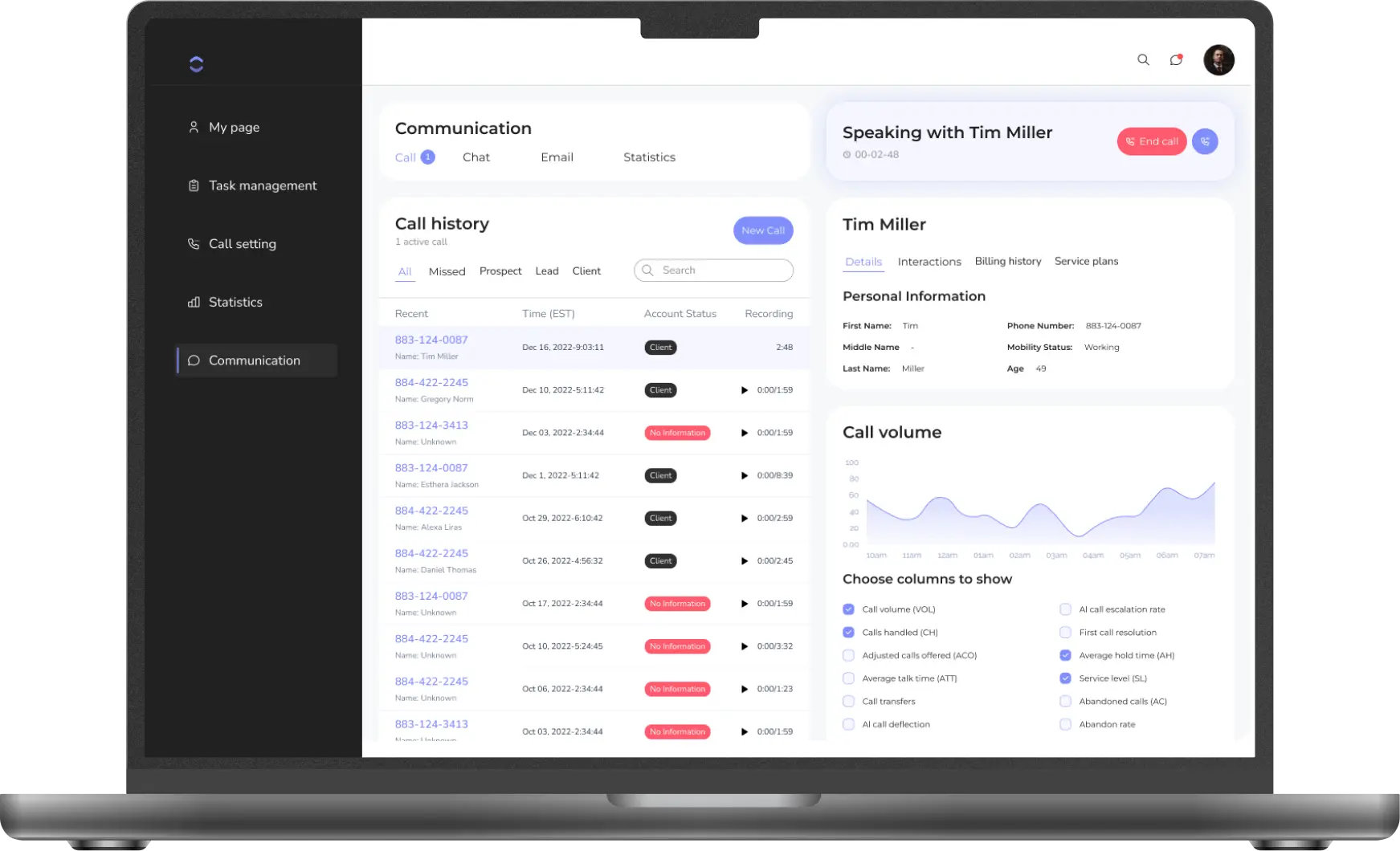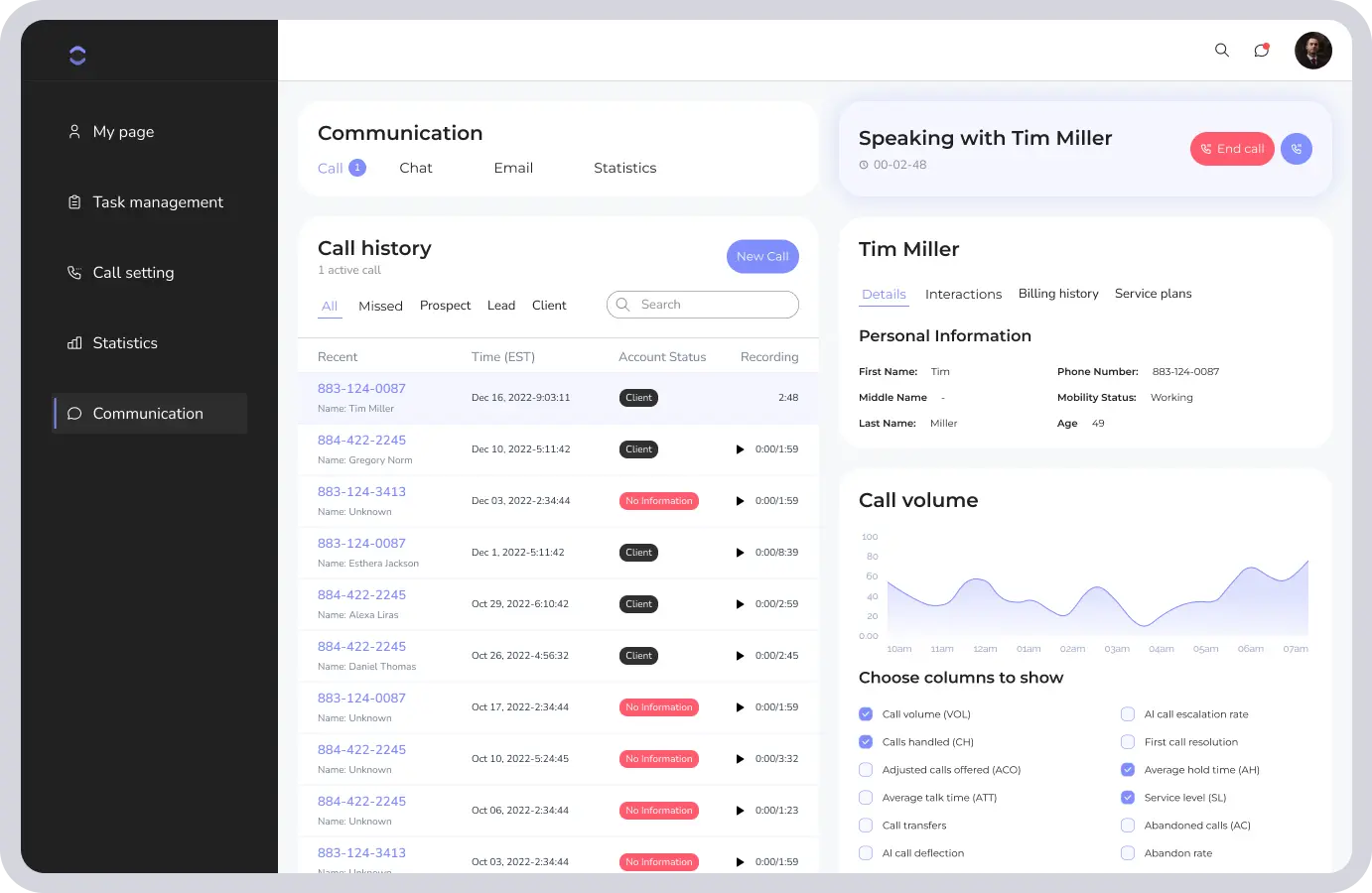Microlearning Platform for Professional and Personal Education
Next-generation microlearning platform
Microlearning Platform for Professional and Personal Education

Client*
Project in numbers
About the project
Challenge
Solution & functionality
Web application
Web application
Authentification portal
User account management and social interaction
Backend integration
Payment processing
We integrated a seamless payment processing system with Stripe, allowing users to join or subscribe to various learning Circles easily. This integration supports individual purchases and provides transparency with clear billing information and notifications, enhancing the user experience.
Mobile application
Mobile application
Cross-platform development with Flutter
Authentification improvements
User experience enhancements and bug fixes
Results and business value
Benefits for client
The launch of the microlearning platform brought significant benefits to corporate training. Employees benefit from daily, bite-sized challenges that keep them engaged and performing at their best over the long term and apply what they’ve learned to real-world leadership situations.
One early tester shared, “The daily challenges kept me engaged and thinking about how to apply what I learned to my team. It’s the most practical, ongoing leadership development I’ve experienced.”
Related cases
Need assistance with a software project?
Whether you're looking for expert developers or a full-service development solution, we're here to help. Get in touch!
What happens next?
An expert contacts you after thoroughly reviewing your requirements.
If necessary, we provide you with a Non-Disclosure Agreement (NDA) and initiate the Discovery phase, ensuring maximum confidentiality and alignment on project objectives.
We provide a project proposal, including estimates, scope analysis, CVs, and more.
Meet our experts!
Viktoryia Markevich
Relationship manager
Samuel Krendel
Head of partnerships

